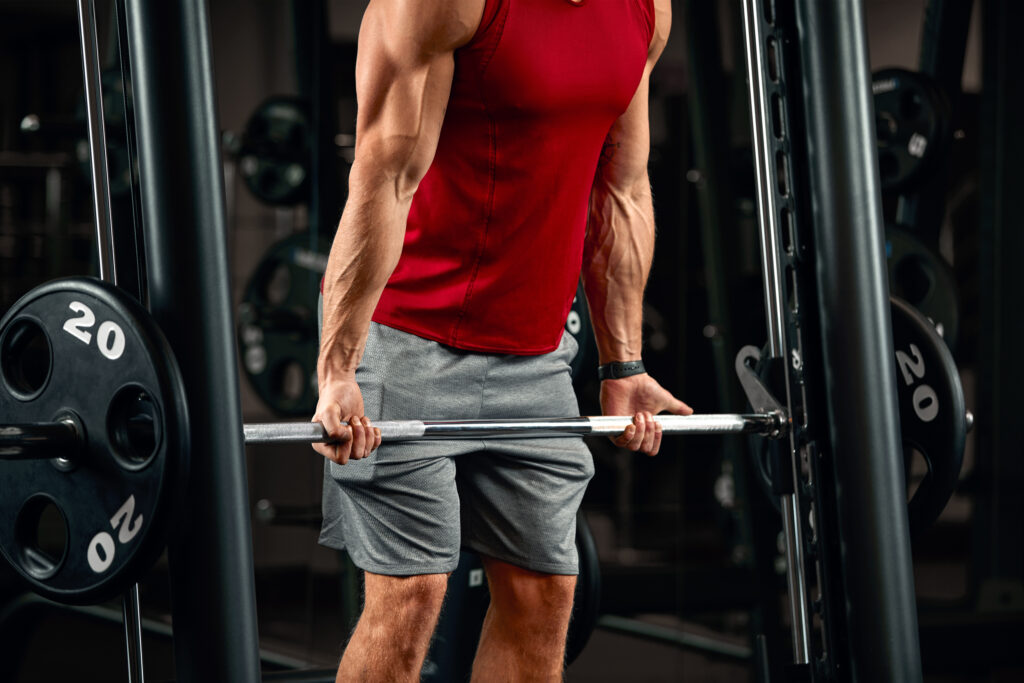The journey to achieving visible six-pack abs is a common goal for many, but the lower abs, in particular, can prove more elusive. Let me explain why.
The abdominal muscles are made up of several different parts, but the one most people are trying to make visible when they talk about a “six-pack” is called the rectus abdominis. This muscle extends from just below the chest all the way down to the pelvis. The challenge in getting the entire rectus abdominis to show, especially the lower part, is influenced by a combination of anatomy, fat distribution, and genetics.
Firstly, fat distribution patterns in the body tend to cause fat to accumulate more in the lower belly region. For many, this area is just naturally the last place fat is lost and the first place it is gained. This means, even if you’ve successfully reduced fat in other parts of your body, the lower belly might still retain a layer that masks your lower abs.
Additionally, the anatomy of our muscles and tendons plays a role. A thick connective tissue called the linea alba runs down the middle of the rectus abdominis. The sections of muscle above this line push against the tissue, creating the segmented look of the “six-pack.” However, the sections of the muscle below this line are often shorter and can appear less pronounced, making them harder to define even if you have been working them out consistently.
Lastly, genetics also have a say in how and where our bodies store fat, as well as how our muscles are defined. Some people might find it naturally easier to reveal their lower abs, while others might struggle due to their genetic makeup.
While training and diet play crucial roles in revealing your abs, the lower abs are often tougher to showcase due to a combination of our natural fat distribution, the structure of our abdominal muscles, and individual genetics. This doesn’t mean it’s impossible, but it often requires a more dedicated and targeted approach.

